In the diverse world of arachnids, one spider stands out not for its size or the potency of its venom, but for its extraordinary hunting technique that defies conventional spider behavior. The Bolas spider (genus Mastophora) has evolved one of nature’s most remarkable hunting strategies, using chemical trickery and a specialized weapon to capture prey. Unlike web-building spiders or active hunters that chase down victims, this clever predator has developed a fishing-like technique that combines deception, precision, and patience. Its unusual method has fascinated scientists and nature enthusiasts alike, offering a glimpse into the incredible adaptability of species through evolution.
The Bolas Spider’s Identity
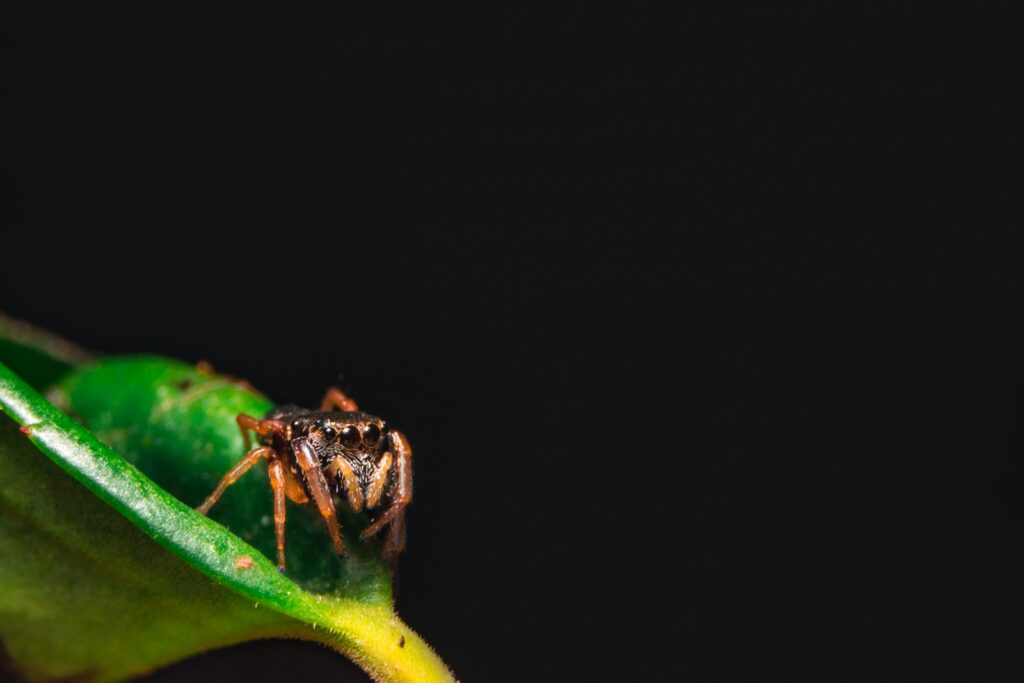
The Bolas spider belongs to the orb-weaver family Araneidae, though it bears little resemblance to its web-spinning relatives in hunting behavior. Found primarily in the Americas, these spiders are typically small to medium-sized, with females reaching about 12-14mm in body length while males remain significantly smaller. They possess a distinctive appearance with an abdomen that’s often bulbous and sometimes bears humps or protrusions, giving them a somewhat irregular shape compared to many other spiders. Their coloration tends toward earth tones—browns, grays, and creams—which helps them blend into their surrounding environment when resting on tree bark or plant stems during daylight hours. The most well-known species include Mastophora dizzydeani, named after the famous baseball pitcher Dizzy Dean for reasons that will become apparent when discussing its hunting technique.
The Unconventional Hunter

Unlike typical orb-weaving spiders that construct elaborate geometric webs to ensnare passing insects, the Bolas spider has abandoned this ancestral strategy in favor of a specialized approach that targets specific prey. Instead of waiting for random insects to blunder into a web, these ingenious predators focus almost exclusively on male moths, exploiting their reproductive instincts through an elaborate form of chemical mimicry. They are primarily nocturnal hunters, becoming active during evening hours when their preferred prey is most abundant. What makes their hunting technique truly extraordinary is that it represents one of the most sophisticated examples of aggressive mimicry in the animal kingdom, combining chemical deception with a specialized physical weapon. This evolutionary adaptation allows them to conserve energy while maximizing hunting success, demonstrating how natural selection can drive the development of highly specialized predatory behaviors.
The Chemical Deception

At the heart of the Bolas spider’s hunting strategy lies an astonishing ability to produce chemical compounds that mimic female moth sex pheromones. These airborne chemical signals are precisely formulated to attract male moths of specific species, triggering their natural mating response and luring them directly to the waiting predator. Research has shown that different Bolas spider species can synthesize different pheromone blends, with some capable of producing multiple chemical signatures to attract various moth species throughout the night. Even more remarkably, some species can adjust their chemical lures according to the time of night, synchronizing with the activity patterns of different moth species. This chemical mimicry represents one of the most sophisticated examples of aggressive chemical deception documented in arthropods, demonstrating how predator-prey coevolution can drive the development of increasingly complex hunting strategies.
The Bolas Weapon
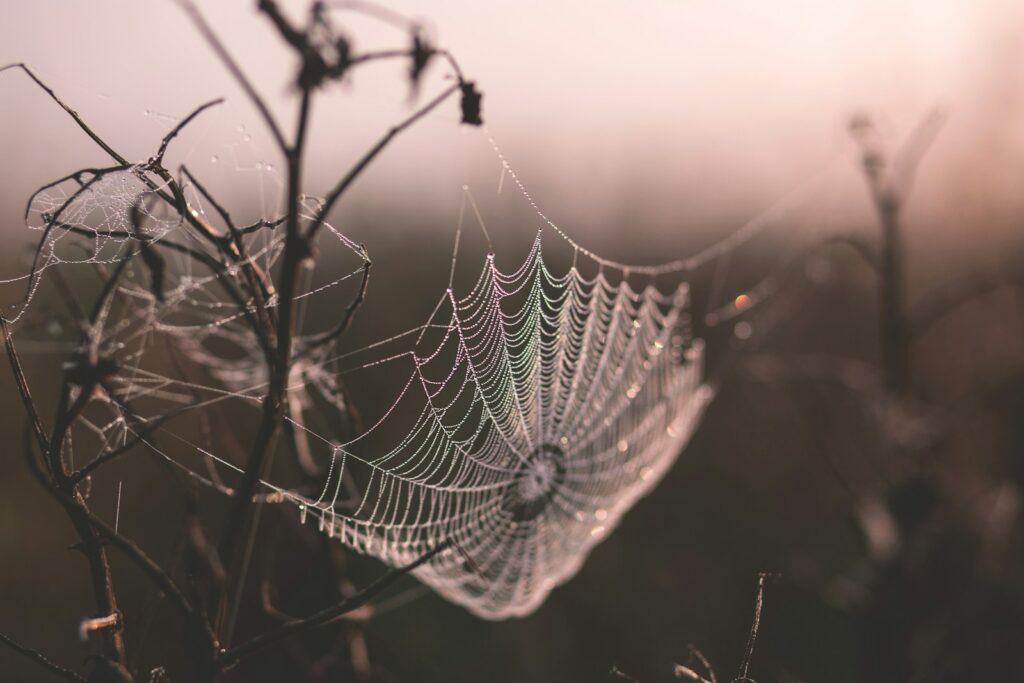
The spider’s common name derives from its unique hunting implement, a specialized silk structure called a “bolas,” named after the South American throwing weapon consisting of weights on the ends of interconnected cords. The spider crafts this hunting tool by spinning a single silk thread, attaching a sticky globule of silk at the end that contains adhesive compounds. This globule is typically between 3-5mm in diameter and possesses extraordinary adhesive properties, remaining sticky enough to instantly trap a moth’s wings or body upon contact. The spider infuses this sticky ball with the same moth pheromones it releases into the air, creating a localized concentration of the attractant. When wielding this weapon, the spider demonstrates remarkable dexterity, holding the thread with one of its front legs while keeping the sticky ball suspended and ready for deployment.
The Hunting Sequence

The Bolas spider’s hunting sequence represents a masterclass in patience and precise timing. As evening falls, the female spider positions herself on a leaf or twig, dangling head-down while emitting its chemical lure into the surrounding air. When a male moth detects these pheromones, it tracks the scent gradient to its source, flying in distinctive zigzag patterns as it homes in on what it perceives to be a receptive female moth. The spider detects the approaching moth primarily through air vibrations and possibly visual cues, tracking its movement with remarkable accuracy. At precisely the right moment, the spider swings its bolas in a controlled arc, timing the motion to intercept the moth’s flight path. Upon contact, the sticky globule instantly adheres to the moth, typically entangling its wings or body and preventing escape. The spider then reels in its catch, much like a fisherman landing a fish, before delivering a venomous bite to subdue the prey.
Venom Characteristics
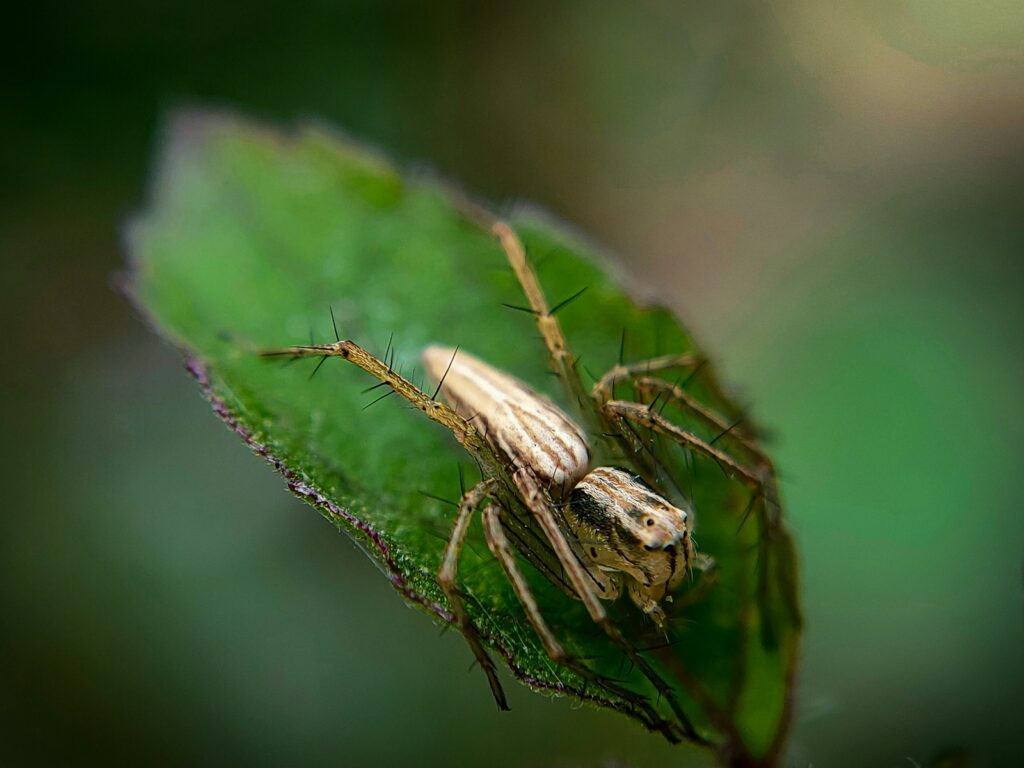
While the Bolas spider’s hunting method is its most distinctive feature, its venom system plays a crucial role in prey subjugation after capture. Like most spiders, it possesses venom glands connected to fangs that deliver the toxin through a piercing action. The venom composition is specialized for quick immobilization of lepidopteran prey, containing neurotoxic compounds that rapidly paralyze the captured moth. Unlike some aggressive hunting spiders that might need venom potent enough to stop struggling prey immediately, the Bolas spider’s venom is adapted to complement its hunting strategy, where the prey is already partially restrained by the sticky bolas. Research indicates the venom contains a complex mixture of peptides and proteins that disrupt nerve function in insects while being relatively harmless to humans and larger vertebrates. This prey-specific venom optimization represents another example of the spider’s highly specialized adaptations.
Remarkable Accuracy
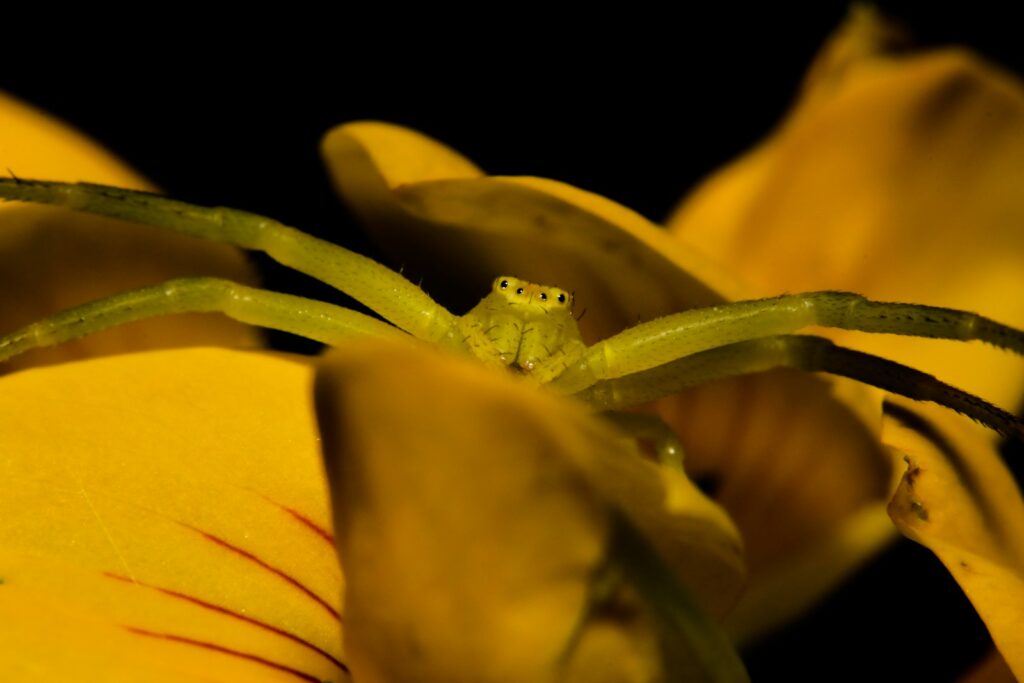
One of the most impressive aspects of the Bolas spider’s hunting technique is its extraordinary accuracy when deploying its weapon. Studies have documented success rates as high as 80% in some species, an astonishing level of precision for a blindly swung projectile in the darkness. This accuracy stems from the spider’s ability to detect subtle air currents created by the moth’s wing beats, allowing it to track the prey’s position with remarkable precision despite limited visual acuity in low-light conditions. The spider also demonstrates the ability to adjust the timing and trajectory of its swing based on the moth’s approach angle and speed, much like a skilled baseball pitcher adjusting a throw to strike out different batters. Some researchers have calculated that successful captures often require the spider to release its bolas within a 20-millisecond window of opportunity, demonstrating neural processing speeds and muscular coordination comparable to elite human athletes’ reaction times.
Evolutionary Origins
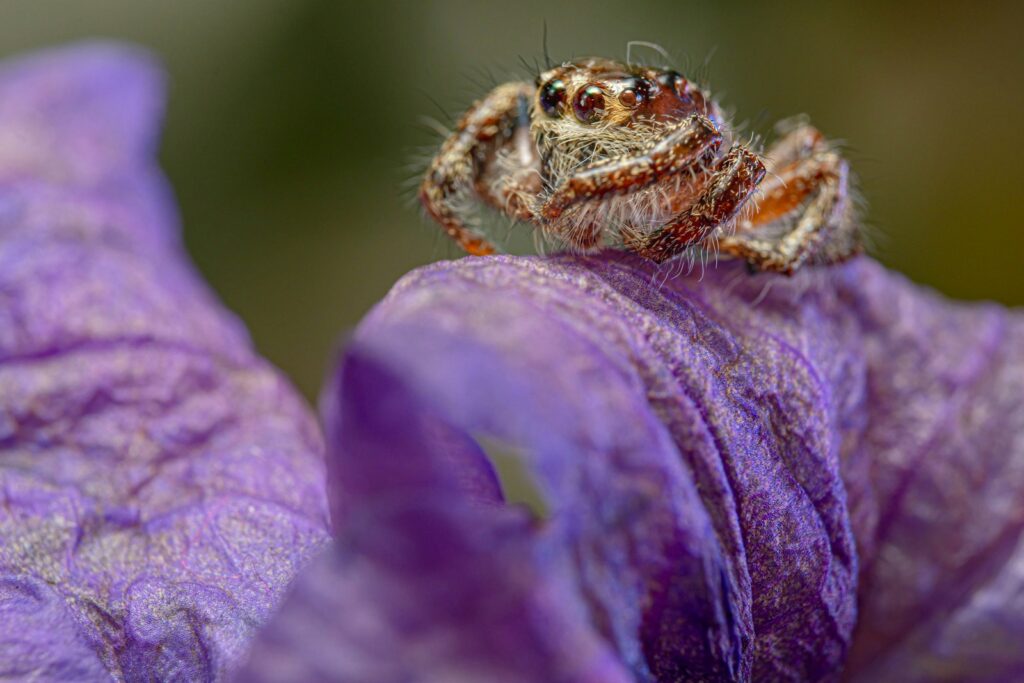
The evolutionary path that led to the Bolas spider’s unique hunting strategy provides a fascinating glimpse into how specialized adaptations develop. Scientists believe this technique evolved from standard orb-weaving ancestors through a series of incremental modifications. The evolutionary transition likely began with reduced web-building, followed by increased reliance on silk lines with sticky droplets, eventually leading to the specialized single-line bolas. Phylogenetic studies suggest this hunting strategy evolved independently multiple times within the Araneidae family, representing a compelling example of convergent evolution. The selective pressures driving this specialization likely included energy efficiency, as constructing and maintaining full orb webs requires significant silk resources and caloric expenditure. By specializing in moth prey, these spiders occupied a specific ecological niche with reduced competition from other predators, while their chemical mimicry provided access to abundant prey that few other predators could exploit as effectively.
Reproductive Strategies
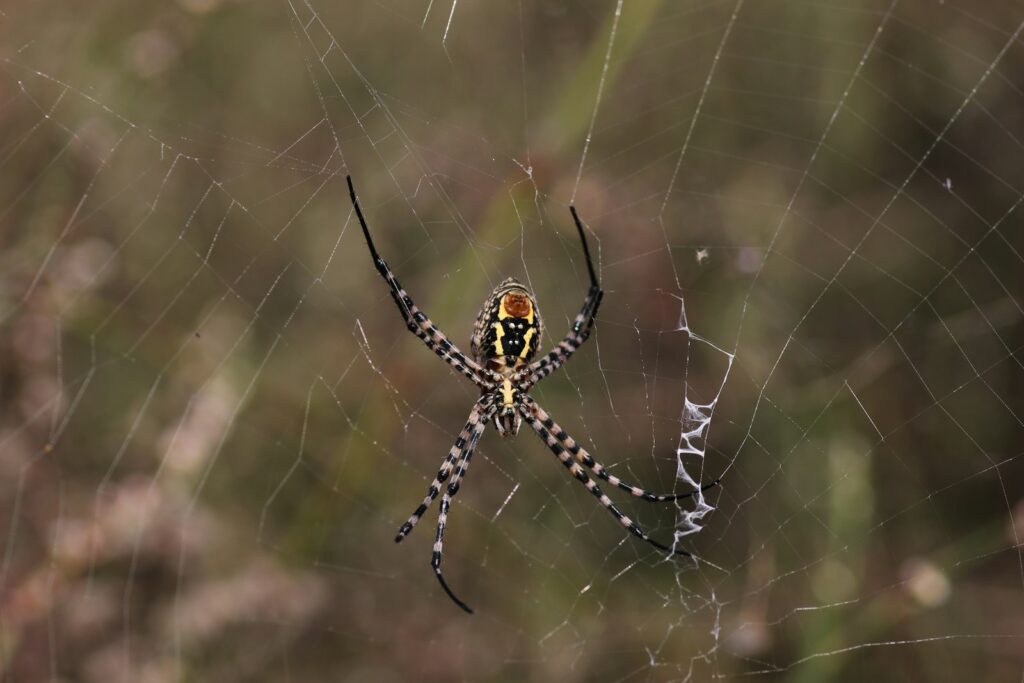
The Bolas spider’s reproductive biology reflects adaptations complementary to its specialized hunting behavior. Sexual dimorphism is extreme in these species, with males being dramatically smaller than females—sometimes less than a tenth of the female’s size. Males abandon the bolas hunting strategy upon maturity, instead dedicating their short adult lives to searching for receptive females. Female Bolas spiders typically produce egg sacs in autumn, containing hundreds of eggs enclosed in protective silk structures that often resemble small fruits or plant galls, providing camouflage against predators. The mother may guard these egg sacs until her death, with spiderlings emerging in spring in temperate regions. Young spiders initially construct small conventional webs before transitioning to the bolas technique as they mature, suggesting that the specialized hunting behavior is both innate and refined through practice. This developmental transition provides further evidence for the evolutionary pathway from web-building to specialized bolas hunting.
Masters of Disguise

Beyond their chemical deception, many Bolas spider species employ elaborate visual camouflage that complements their hunting strategy. When not actively hunting, these spiders often assume postures and colorations that mimic plant parts like buds, thorns, or bird droppings. Species like Mastophora archeri can pull their legs close to their bodies and remain motionless on plant stems, becoming nearly invisible to predators and prey alike. Some species enhance this disguise by decorating their resting spots with silk structures or incorporating debris into their immediate surroundings. This visual deception serves dual purposes: avoiding detection by predators like birds during vulnerable daylight hours, and remaining concealed from potential prey until the optimal moment to deploy chemical lures. The combination of visual camouflage during the day and chemical deception at night demonstrates the comprehensive nature of the Bolas spider’s evolutionary adaptations to its ecological niche.
Scientific Significance
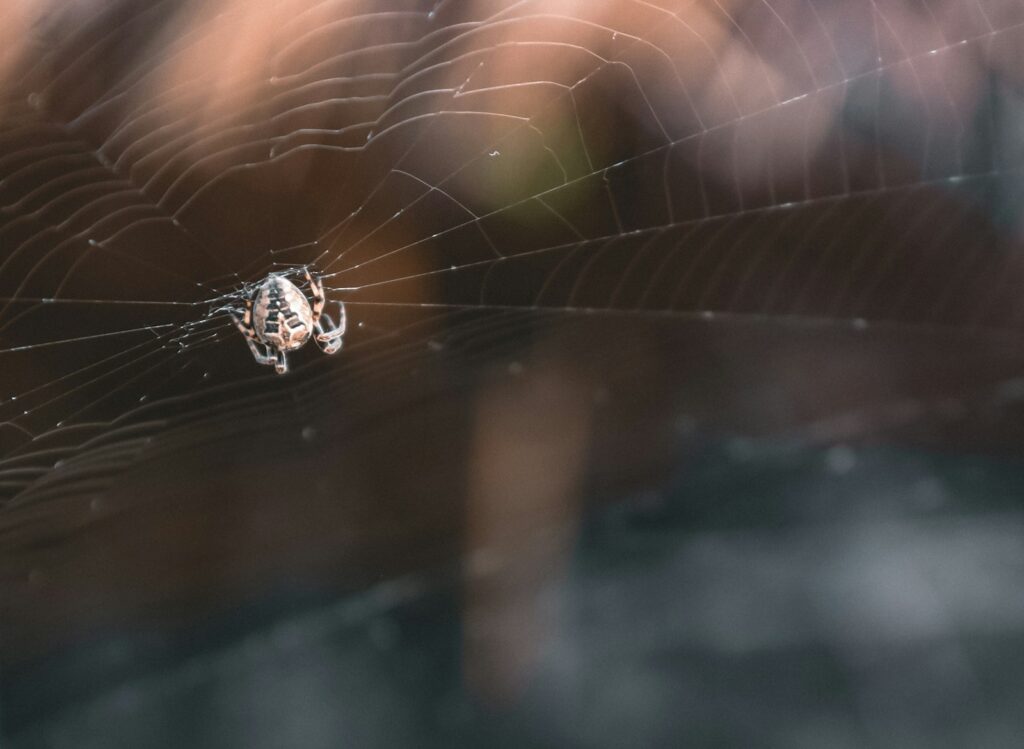
The Bolas spider has attracted significant scientific interest as a model organism for studying several biological phenomena. Researchers in chemical ecology have studied its pheromone production as an example of interspecies chemical communication and mimicry, with potential applications in pest management and synthetic pheromone development. Neurobiologists have examined the sensory systems that allow such precise timing and coordination during hunting, providing insights into how small nervous systems can process complex spatial information. Evolutionary biologists view the species as an excellent case study in specialized adaptation and niche exploitation, demonstrating how natural selection can drive the development of extraordinarily specific behavioral and physiological traits. Biomaterial scientists have also studied the properties of the specialized sticky silk used in the bolas, which differs in composition from typical spider capture silk and maintains adhesive properties under varying environmental conditions.
Relationship with Humans
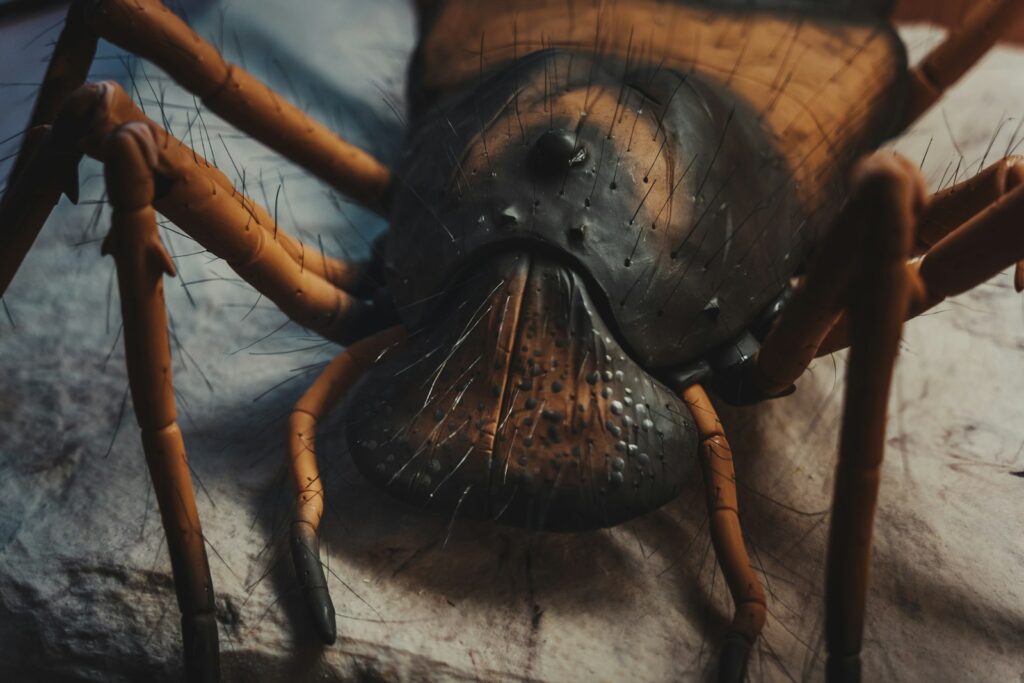
Despite their venomous nature, Bolas spiders pose virtually no threat to humans due to their specialized hunting behavior and reluctance to bite except when directly threatened. Their venom is not medically significant for humans, making them one of many beneficial arachnid predators that help control moth populations in agricultural and garden settings. However, these spiders face increasing threats from habitat loss, pesticide use, and light pollution, which can disrupt the chemical communication essential to their hunting strategy. Conservation efforts rarely focus specifically on these spiders, though they benefit from general arthropod conservation initiatives and integrated pest management approaches that reduce broad-spectrum insecticide use. Amateur naturalists can occasionally spot these fascinating hunters at night by using flashlights to scan vegetation, where the distinctive silhouette of a spider with its bolas might be visible against the darkness.
Similar Strategies in Nature
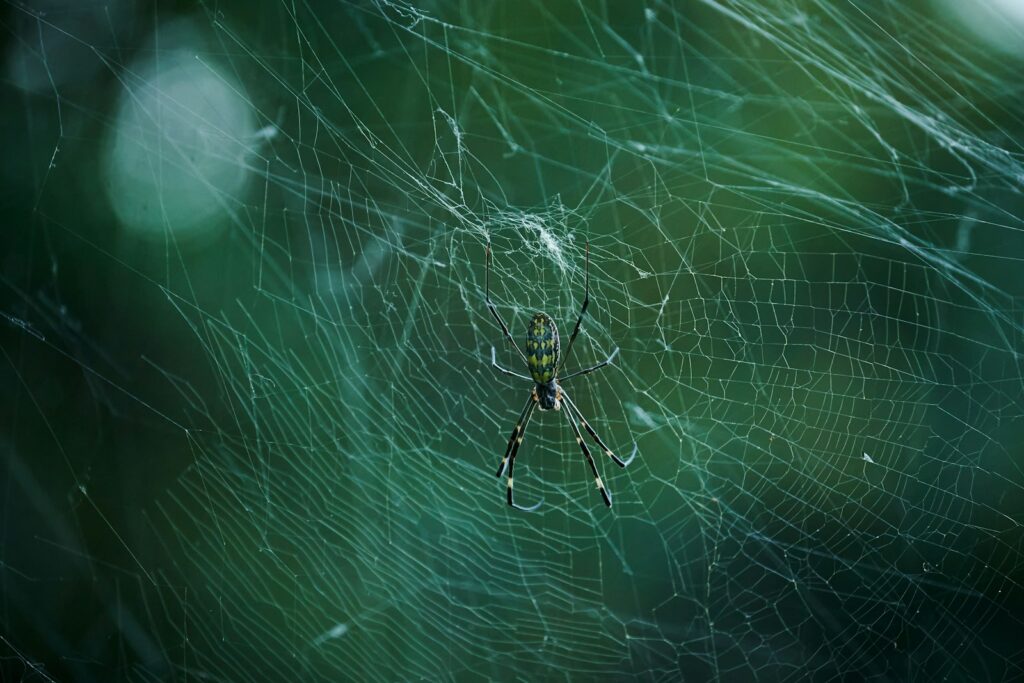
The Bolas spider’s fishing-like hunting technique, while unique among arachnids, finds interesting parallels in other predators throughout the animal kingdom. Anglerfish use bioluminescent lures to attract prey in the ocean depths, employing a similar “fishing” strategy in a completely different environment. Certain species of firefly females mimic the flash patterns of other species to attract and prey upon males, another example of aggressive mimicry with chemical signaling. Among arthropods, some mantid species use specialized body structures and pheromone production to attract prey, suggesting convergent evolution of similar hunting strategies. These parallel adaptations across distantly related species highlight how similar ecological pressures can drive the development of comparable hunting techniques, despite vast differences in evolutionary history and physiological constraints. The Bolas spider represents perhaps the most refined terrestrial example of this strategy, having evolved a specialized tool rather than relying solely on body adaptations or basic chemical attraction.
Conclusion

The Bolas spider stands as a testament to the extraordinary specialization that can emerge through evolutionary processes. Its unique hunting strategy—combining chemical deception, a specialized weapon, and remarkable precision—demonstrates the incredible adaptability of life when shaped by natural selection over millions of years. While not the most venomous or the largest spider species, it certainly ranks among the most ingenious predators in the arthropod world. The spider’s ability to exploit specific prey behaviors through mimicry, while developing a completely novel hunting tool, illustrates the complex interplay between predator and prey that drives evolutionary innovation. As scientists continue to study these remarkable arachnids, they undoubtedly will uncover additional details about their biology that further illuminate the intricate ways in which organisms adapt to their ecological niches, reminding us that nature’s most fascinating innovations often come in small packages.

